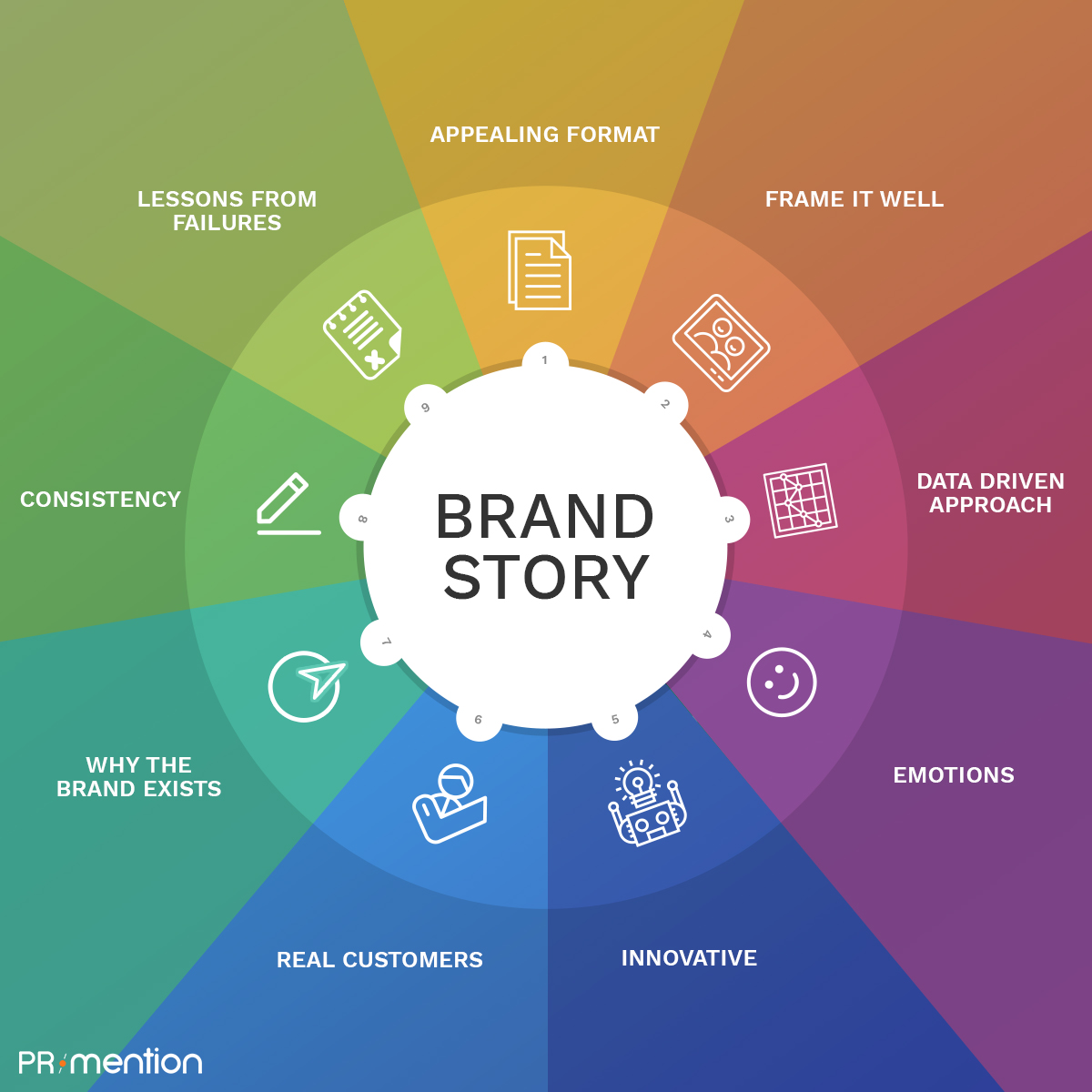How to Build a Compelling Brand Narrative in a Digital Era
Since the beginning of time, people have used stories to share information and create connections. Everyone wants to feel connected and is looking for it everywhere, even if it’s a brand or a consumer. They want to click with the brands they buy from, and seamless storytelling is the key to that. What many companies […]

How to Build a Compelling Brand Narrative in a Digital Era
Since the beginning of time, people have used stories to share information and create connections.
Everyone wants to feel connected and is looking for it everywhere, even if it’s a brand or a consumer. They want to click with the brands they buy from, and seamless storytelling is the key to that.
What many companies don’t realize is that building a brand story that engages customers in what you do can make or break their business. When consumers associate a brand with a story they love, they are more likely to explore the options. And if it is a story that can touch the consumer? Then there is a guaranteed sale. This is where the magic of brand storytelling comes into play.
Digital storytelling is the modern twist to story-driven marketing. When it comes to putting the company’s ideology, and offerings out there in the market, brand storytelling has never been more relevant.
What is a brand narrative?
A brand story is the centerpiece of a meaningful brand strategy.
A brand narrative is basically telling a story digitally. It combines the power of a good marketing story with ground-breaking, contemporary tools to reach the next level.
It is a concise, streamlined account that acts as a stage for a company’s marketing and communications. Based on the ideas and information generated during the launch process, it offers a particular focus on the business change the brand wants to bring about the business change the brand is aiming for. However, consistent market research, seamless execution of narrative and engagement with customers requires a strong internet connection. To remain constantly connected without lags, we suggest exploring Cox Internet and taking advantage of their variety of plans and strong internet connection.
A good brand story helps you create customer experiences that change how people feel about your brand based on what you say and how you aim to make people feel with every interaction.
How to build a brand narrative?
Achieve alignment through strategy, branding, and measurement to turn disparate entities into a cohesive, narrative collective. There are many ways to tell stories about your brand, each representing a different aspect of your personality.
Whether you’re telling stories about how your business started or how you’ve fruitfully helped your customers, every story you tell about your brand contributes to your narrative.
How you tell your brand story can vary depending on your marketing strategy. However, are a few ways in which you can create compelling brand narratives.
1. Choose a theme
A theme is a one or two-sentence description of the company and its goals. Themes are the dominant ideas in a brand’s story.
In this aspect of brand narration, you basically tell stories about how the business designs products and highlight the unique selling proposition for instance they could be reducing their environmental impact or ensuring fair labor practices. You have to address a clear theme that will give a good idea of how your customers can enjoy your products. The goal of a brand theme is to “own” certain topics in the public mind.
2. Keep it simple but consistent
A story that is too complex can be just as confusing as an insincere one.
Even long novels and serial films are based on a simple story.
When you evolve your brand narrative into ads, new products, etc. the crux of the story needs to be simple yet consistent. When a story is told clearly, it’s easy for customers to understand so they can focus on your branded content.
To explain your unique selling proposition, it’s best to use a simple sentence that conveys meaning. For instance, for a brand that is based on education a phrase like “educate the masses” helps paint a clear picture.
Additionally, your story must be consistent. Maintaining a consistent story does not just require keeping the same message but it also has to do with your design. You do not want your marketing efforts to be wasted on a poorly designed website or sluggish social media efforts.
3. Communicate the solution
Your brand or product or service is a solution to a clear problem that your target market faces. Therefore it is important to highlight the solution when aiming for a compelling brand narrative.
Every story needs conflict.
If you examine well-known brand stories, you will quickly realize that most of them characterize a problem and a solution that a brand offers to its customers.
The definition of the external problem you are solving for your customers may seem obvious at first glance. Your product or service allows them to sell to their customers. Most importantly, clearly describe the problem so that someone raises their hand and says, “Wow! I can totally relate!”
The internal problem is connected with the emotional challenge of your customer. Many customers are disappointed or worried. In this case, we are talking about their feelings. This is where the human aspect of the narrative comes into play. Your ability to describe how they feel is the key to getting them to emotionally connect with your story. And realize that your offering takes care of an internal issue they are facing.
If you hit these two marks you will easily turn a lead into a loyal customer.
Wrapping it up
With these three basic yet critical aspects of building a compelling brand narrative, you can easily get started on developing or improving yours. Just make sure it resonates with your audience, do your research, and get going!
